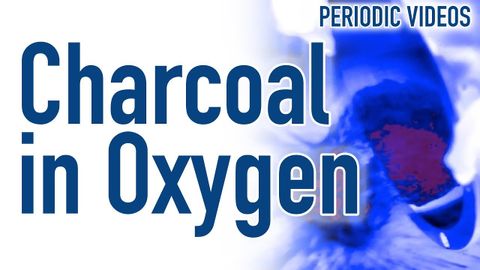液体酸素中の熱い炭 (THERMAL IMAGING) - 動画の周期表 (Hot Charcoal in Liquid Oxygen (THERMAL IMAGING) - Periodic Table of Videos)
林宜悉 が 2021 年 01 月 14 日 に投稿  この条件に一致する単語はありません
この条件に一致する単語はありませんUS /ɪˈvɛntʃuəli/
・
UK /ɪˈventʃuəli/
US /ɪˈnɪʃətɪv/
・
UK /ɪ'nɪʃətɪv/
- n. (c./u.)自発力;新たな計画;自発性;第一歩;発議
US /ˈprɛzəns/
・
UK /ˈprezns/
- n.~のいる(存在する)所;存在すること;臨在;振る舞い;出席者;影響力;高音域
US /kəˈpæsɪti/
・
UK /kə'pæsətɪ/
- n. (c./u.)収容能力;容量;最大生産能力;能力;個人の職務や役割;静電容量;法的能力
エネルギーを使用
すべての単語を解除
発音・解説・フィルター機能を解除

